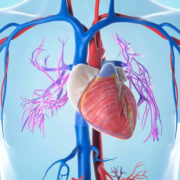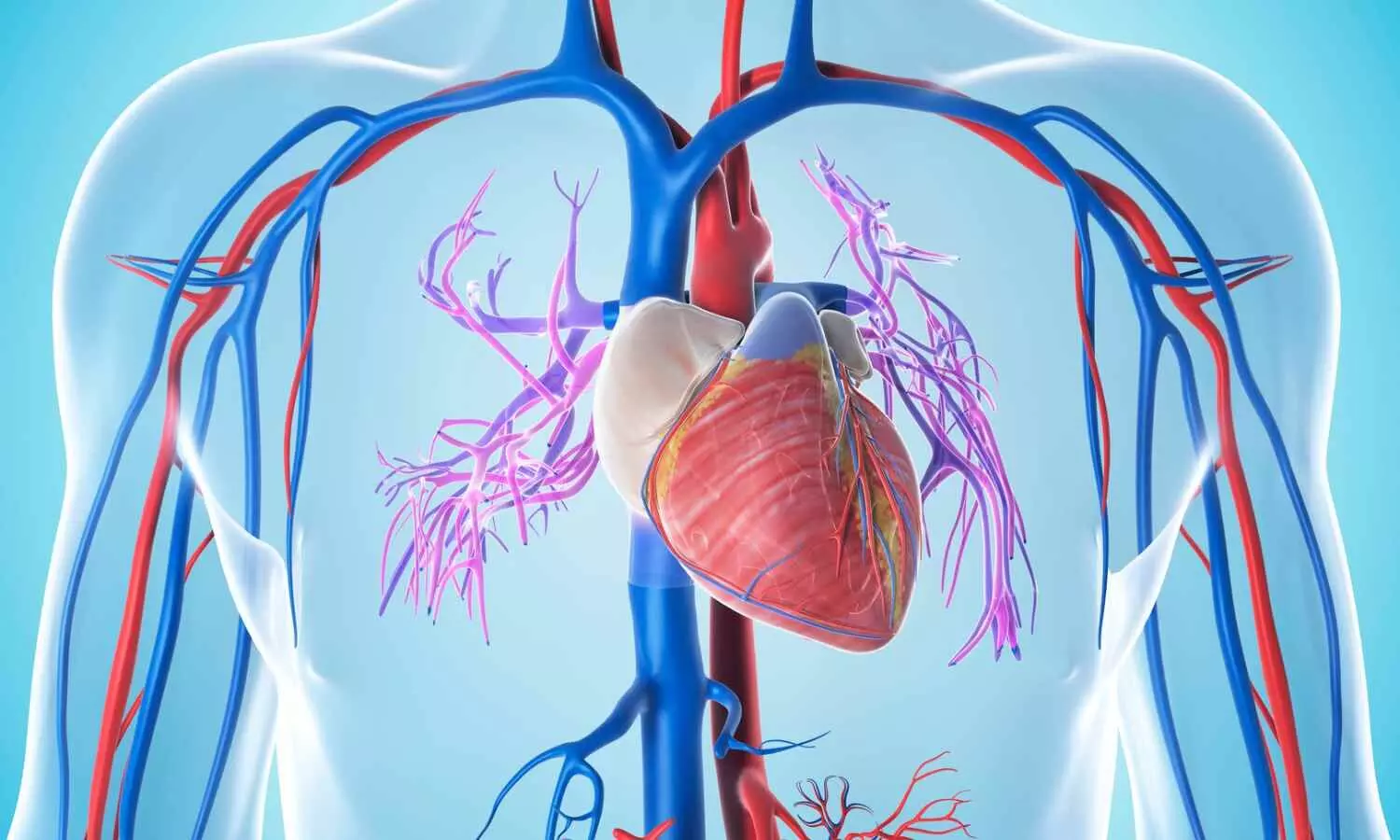Ludhiana Doctor booked over false Medico-Legal Report

Ludhiana: The Sarabha Nagar police have registered a case against a city-based doctor for allegedly issuing a fraudulent medico-legal report (MLR) and falsely categorising an injury as grievous.
The incident dates back to April 11, 2024, when an FIR for attempted murder was lodged against four residents of Sarabha Nagar. Following the registration of the case, Palwinder Kaur, wife of one of the accused, approached the Police Commissioner, alleging that the injury sustained by the complainant, Daljit Singh, had been misrepresented in the MLR prepared by the doctor, who is associated with a nursing home in Samrala Chowk.
According to news reports, in response to the complaint, a five-member medical board was constituted on April 16, 2024, by the then Civil Surgeon, Dr. Jasbir Singh Aulakh. The board consisted of Dr Varun Saggar, senior medical officer (SMO), Hathur; Dr Davinder, senior medical officer (SMO), CHC Sudhar; Dr Ravi Datt, senior medical officer, Manupur; Dr Gurbinder Singh Kakkar (forensic expert), civil hospital, Khanna; and Dr Aditya Prakash (orthopaedician).
Also Read: Punjab Govt doctor under scanner for fake medical report case
According to the TOI, the FIR says that the inquiry report of the medical board was sent to the police commissioner on May 2 last year. The board observed, “From the available record, the board of doctors is of the unanimous opinion that there is nothing to suggest that any injury to the person of Daljit Singh was either grievous or dangerous in nature. Rather, it was done fraudulently.” The inquiry report by the then civil surgeon mentioned that the accused doctor did not follow the guidelines of the government of Punjab and the Punjab and Haryana High Court.
Emphasising the absence of any life-threatening injuries, the report also raised serious questions about the conduct of ASI, the investigating officer from Sarabha Nagar police station. As per the report, the board stated that Kumar failed to provide any credible medical documentation during the inquiry to establish that Daljit Singh’s injuries were life-threatening.
Ironically, the same officer has reportedly been assigned to investigate the current FIR, raising questions of procedural fairness and conflict of interest.
In the inquiry report, the then civil surgeon also recommended to the registrar, Punjab Medical Council, Mohali, to delete the name of Dr Jasvir Singh Kathuria permanently from the register of Punjab Medical Council, Mohali, as per section 7.7 of Indian Medical Council (Professional Conduct, Etiquette and Ethics) Regulations, 2002. Police said that legal opinion was sought from the deputy district attorney (legal), who said that a doctor issuing a fraudulent MLC can face both criminal and civil legal action, reports TOI.
On Friday, the Sarabha Nagar police registered a case against the doctor under the following sections of the Indian Penal Code (IPC)- sections 420 (cheating), 195 (giving or fabricating false evidence), and 197 (issuing or signing of false certificates) of the IPC against the accused.
Powered by WPeMatico









